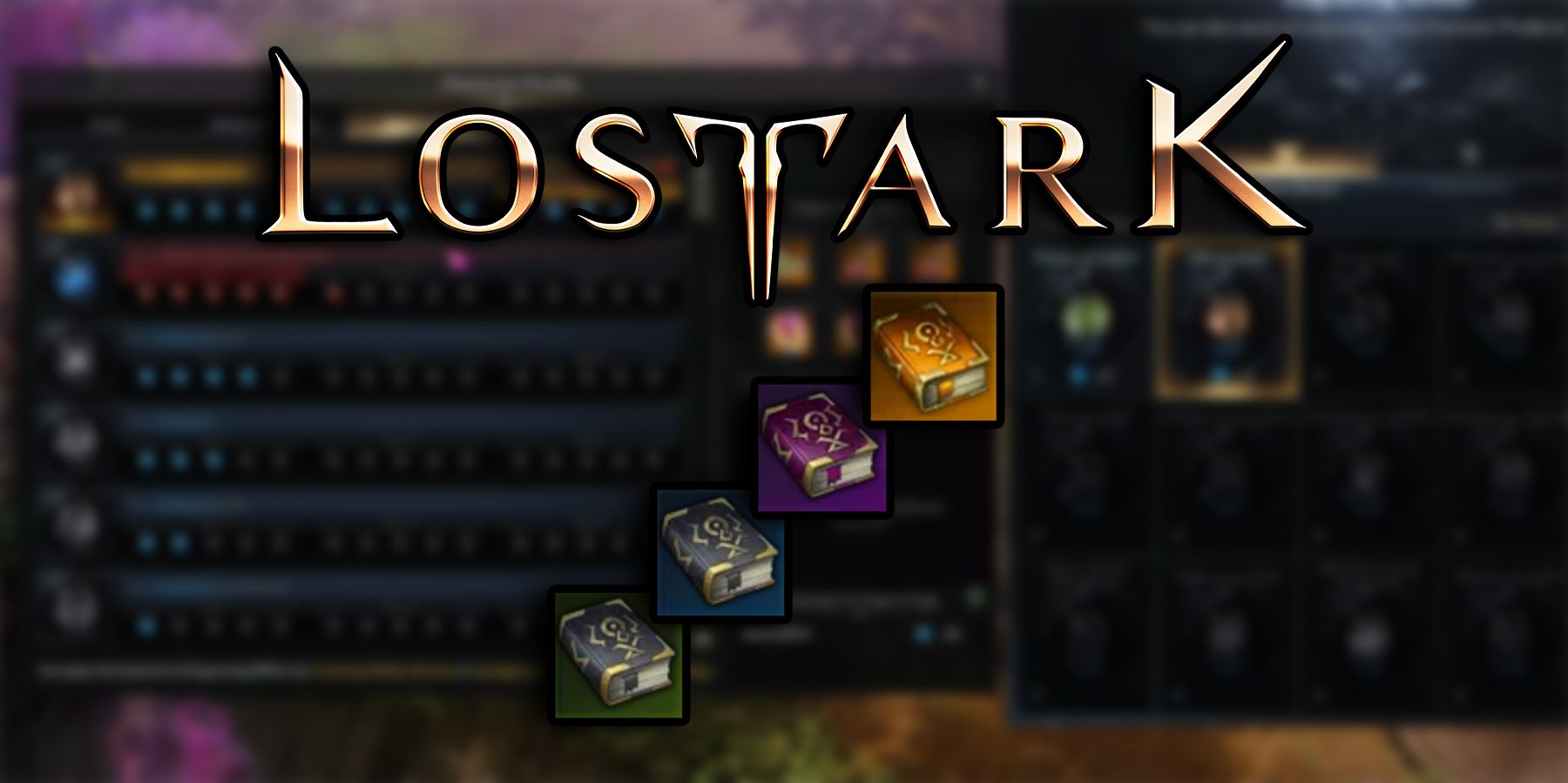Years ago I had a conversation with another writer, Allison Wyss, about the utter injustice of being trapped in one timeline, one lifetime. I had no interest in life extension, but life expansion– all things at once, “Garden of Forking Paths” style – became an obsession. And she replied that she thinks the story is primarily a mechanism for this kind of life expansion: I may be sitting on a bus to Philadelphia, but I can simultaneously be standing in Kublai Khan’s garden. while he converses with Marco Polo, even though they don’t share a word. Language. I can be loved and warm and in a house of my own making while experiencing a chicken’s understanding of infinity at the moment of its death. The story makes a life larger by pressing outward at the edges of any given moment.
For my novel Quantum Girl TheoryI toyed with this idea by creating multiple timelines, multiple lifelines, for an 18-year-old girl who disappeared in 1946. I found delicious potential in the idea that the lives we live do not do live could still insert themselves into our experience, expanding the meaning and contours of each life, each life, through the incorporation of what might have been.
Subsequent novels explore this idea of multilevel reality, of the expanded moment, in radically different ways. Many of these books are award-winning, so I’m under no illusions about introducing you to someone new, but I find it enjoyable to place these novels side by side, to see how they can be conversational the ones with the others. or with the common idea that one (linear) life is not enough.
A tale for now by Ruth Ozeki
In Canada, a writer named Ruth finds the waterlogged diary of a Japanese girl named Nao; Ruth finds herself responding with intense urgency to events that, by virtue of having been written about years earlier, had already resolved themselves. Separated by continents and years, it should be impossible for Ruth to change the already traveled course of Nao’s life – and yet Ozeki tells us a story where every moment we live has the ability to expand outward. , both backward and forward in time.
Madeleine sleeps by Sarah Shun-lien Bynum
In the midst of a chaotic pastoral home, to her mother’s growing dismay, Madeleine sleeps and dreams. Madeleine’s dream world and the world of her French village are fully realized, drawing inspiration from the rooted realm of the fairy tale to deepen the movements and interaction between the two. As the novel progresses, the border between dream and reality becomes more and more porous, multiplying the reader’s experience of time by enriching each gesture, each moment, with his double dream.
Long division by Kiese Laymon
In everything Kiese Laymon writes, I think he does a thorough job with time and language. He makes repetition a tool for forming language and ideas; it forges revision into a mechanism of release. In this novel, characters are voiced, troubles and traumas are voiced, and the ability to visit (and change) the past also makes every past event present and future. In Long Division, no moment has ever passed – it is still ripe to be revisited, revised, expanded, rewritten into a fuller, freer existence.
Radiant Fugitives by Naweez Ahmed
Told by the protagonist’s newly born child in the elongated moment of his first breath, this novel complicates and shatters the concept of a discrete point in time. Again and again, every gesture, feeling, reaction becomes a hyperlink to a past experience, to trauma, grief, desire and ingrained instinct. That’s what novels can do for us: capture the deeply layered experience of humans in the present moment, especially for those whose lives and identities require them to experience multiple versions of themselves simultaneously.
Inner Chinatown by Charles Yu
You have a scenario, and each turn you have to play your character, interact with the other characters, and nurture your relationships with the actors playing the other characters (who are also your neighbors, and maybe your father), while adding the forward momentum of the TV show you’re on, while trying to be a star without looking too much like trying to be a star, and participating (or trying to fight) the tired cultural history that the TV show plays over and over again. Inner Chinatown employs novelistic form and screenplay format to make room for the breadth, contradiction and importance of a scene, a minute, a life – and the dizzying, spirographic effect of the roles voluntarily accepted and those imposed from outside.
Delayed rays of a star by Amanda Lee Koe
The multivalent scenarios in delayed rays unfold from an Alfred Eisenstaedt photograph of Marlene Dietrich, Leni Riefenstahl and Anna May Wong taken at a 1928 party in Berlin. Each woman’s path spirals outward and back to the making of the photograph, readjusting the moment of camera flash with 40, 60, 75 years of future events, desires and losses.
rabbit by Mona Awad
Samantha’s mother frequently complained about her relationship to the truth, we are told, so when Samantha unfolds an increasingly bizarre and compulsively readable story (shape-shifting! incantations! blood sacrifice!), we finds itself with a kind of fuzzy fact/fiction, state of madness/reality and a multidimensional idea of mundane life superimposed or embellished by the most interesting story that it can be.
 Zoo Book Sales
Zoo Book Sales



